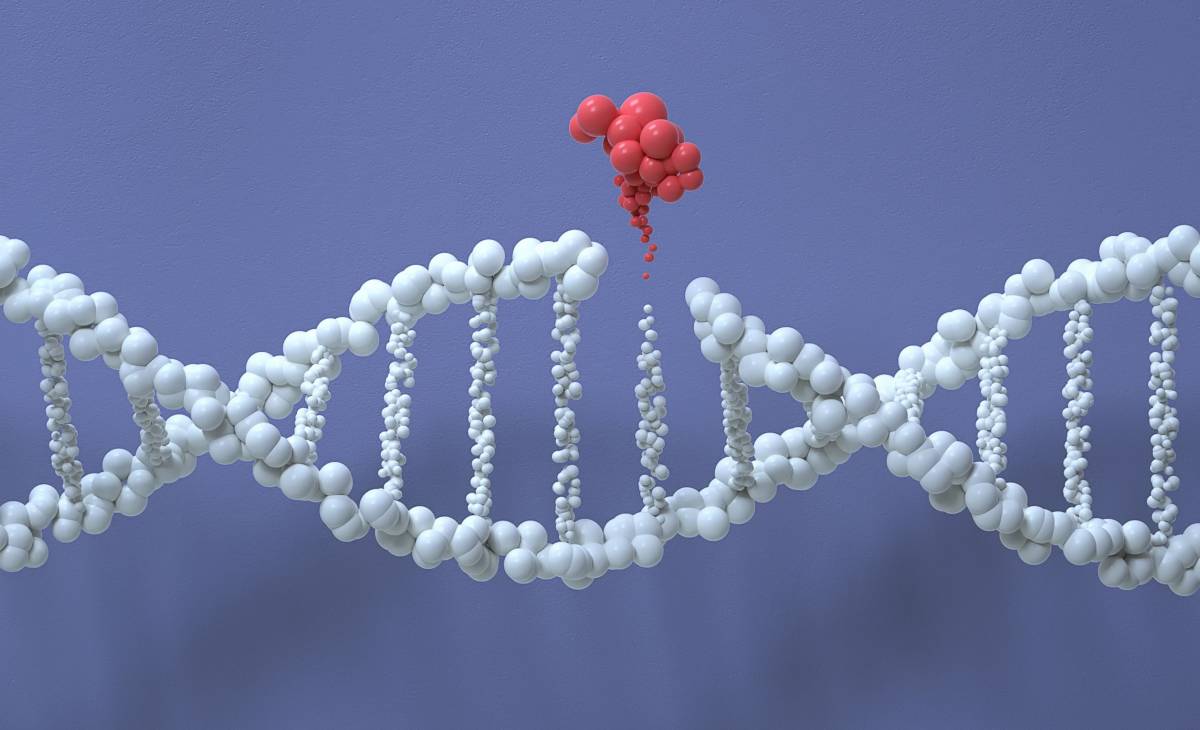New genomic methods and related laws: a new opinion by the German Federal Agency for Nature Conservation
In a report issued in October, the German Federal Agency for Nature Conservation (BfN) detailed its perspective on the EU Commission's intention to assess new legislative measures for the regulation of some novel genomic techniques (NGTs) in plants. According to the report, these plants have a danger potential that is comparable to or perhaps larger than plants created using previous genetic engineering approaches. According to the BfN, the only way to guarantee a high degree of safety is to do a case-by-case review, as required by present genetic engineering regulations, particularly as there is no or only limited experience with the purposeful release of these plants and their derivatives.
BfN argues that genome editing, unlike traditional breeding, allows for alterations throughout the whole genome. As a result, directed mutagenesis is not comparable to traditional breeding, including random mutagenesis, since it increases the depth of intervention, report says. Both the intentional and unforeseen results of genetic editing might pose risks. Even though the features created via breeding are identical, this cannot be considered a guarantee of safety according to BfN.
Furthermore, BfN states that there are no scientific criteria that would enable specific groups of features to be deemed as less risky. For example, the amount of a genetic change cannot be used as a valid denominator of the hazards and safety of particular modifications in a single plant. Only a case-by-case study, as required by existing regulations, can guarantee a high degree of safety. Despite the fact that business and research special interest groups often paint present genetic engineering law as antiquated, the BfN believes it is still the most rational alternative since it takes diverse risk profiles into account on a case-by-case basis.
Source:
https://www.bfn.de/fileadmin/BfN/presse/2021/Dokumente/2021_10_15_Positionspapier_EN.pdf






















